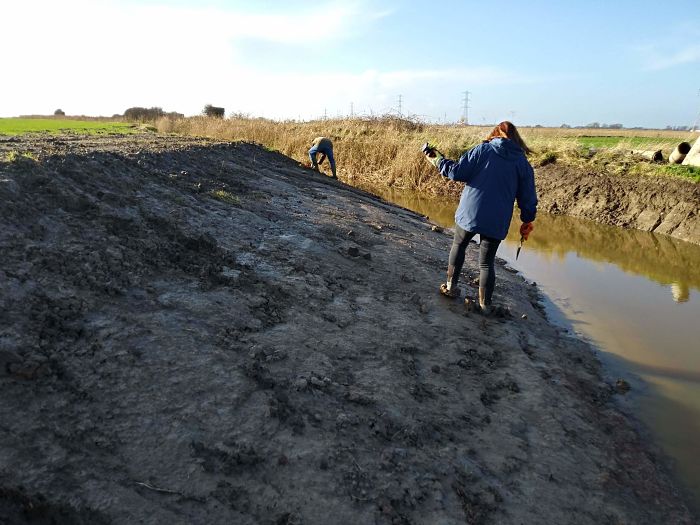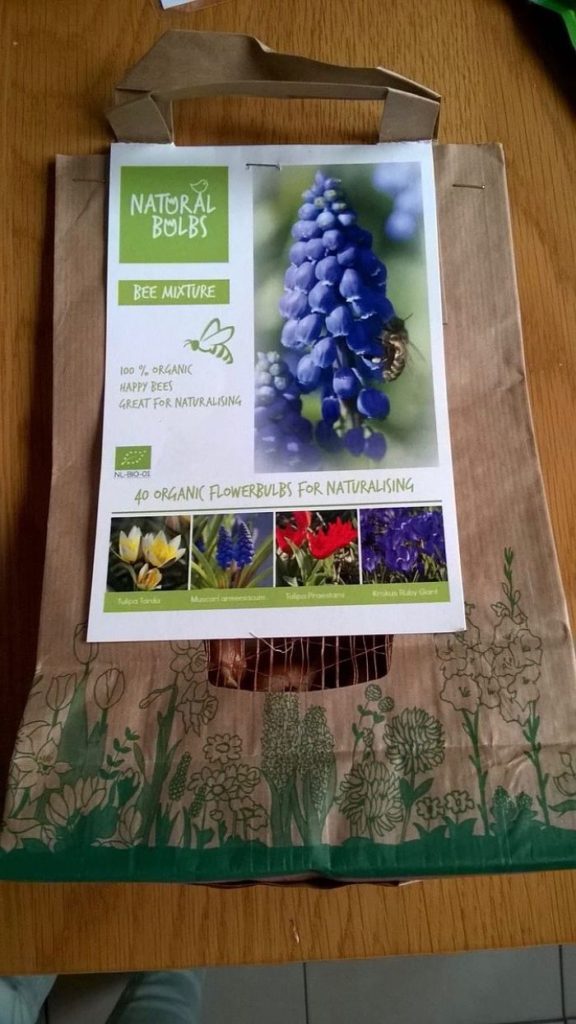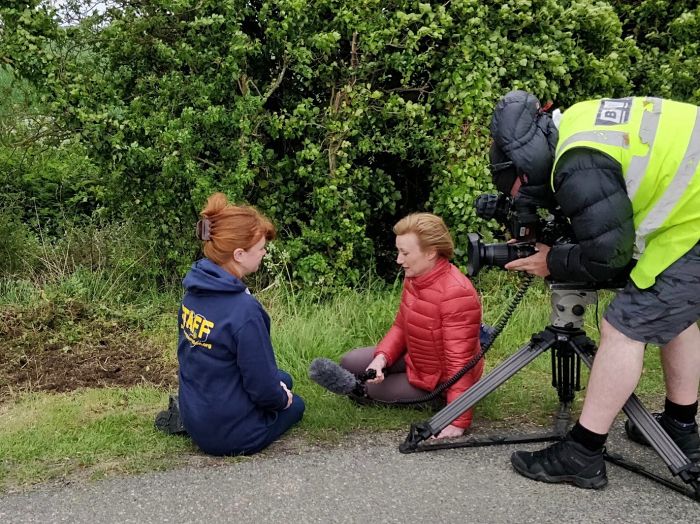Green Lanes for Bumblebees
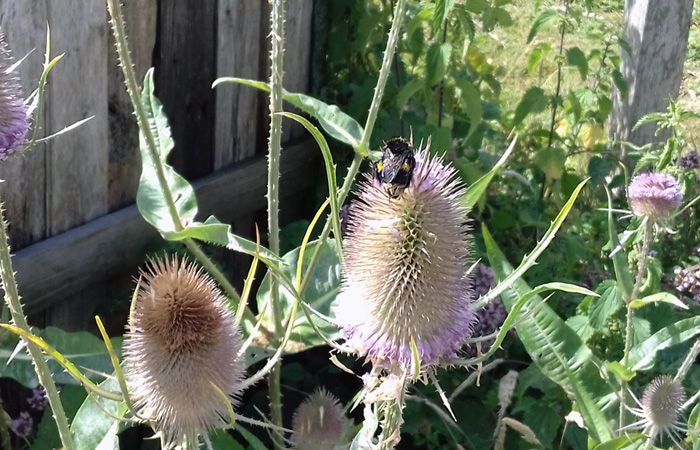
Romney Marsh is home to 5 of the 6 rarest UK bumblebee species but populations may be fragmented. Dungeness is also the site of the Short-haired Bumblebee Reintroduction project, the first ever reintroduction of an extinct Bumblebee species back into the UK. The Green Lanes project built on the work done within this reintroduction programme to map bumblebee habitats across the marsh and work to improve habitat connectivity by establishing new wildflower corridors and teaching people about these important species.
This project had clear synergies with the Blue Lanes project as it too is building connectivity within the landscape and provides another layer to the diversity of Romney Marsh.
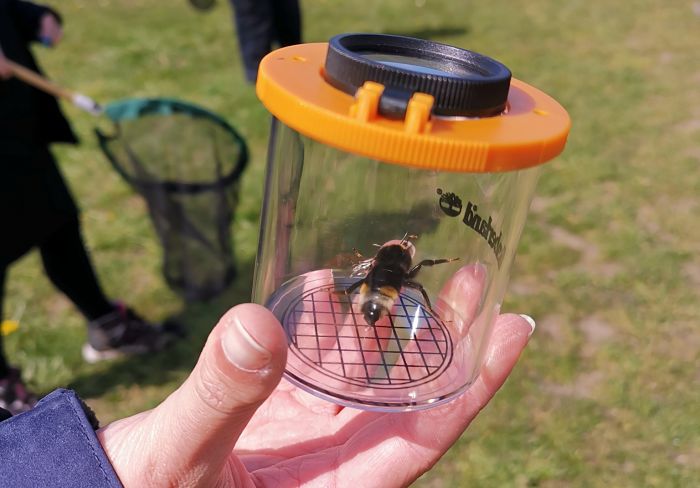
Listed below are the key achievements and challenges with this project. Please click on the green bars to reveal information on what has been achieved to date.
The Green Lanes project is a partnership with the Bumblebee Conservation Trust (BBCT) who have been working on the Romney Marsh for more than a decade to provide advice to local farmers, councils, landowners and others on how to manage areas better for bumblebees and other pollinators. The main support from the Fifth Continent project has been the funding of three paid full-time trainees working for 6 months each between April-October 2017-2019 and a fourth trainee in 2021 who will work for 9 months. These traineeships were designed so that each trainee gained valuable experience in bumblebee and wildflower identification, as well as delivering outreach to landowners and the public, undertaking surveys, writing land management plans and working with volunteers. The first 3 trainees successfully completed their placements and have all gone on to exciting jobs in the conservation sector which shows that Dr Nikki Gammans’ mentoring role has really been a success!
Volunteers have been at the heart of this project, working with the trainees as part of the wider Bumblebee Conservation Trust project, they have contributed a fantastic 1,700 hours and worked on many practical habitat days. The enthusiastic and dedicated group of volunteers working together on many practical activity days have improved habitats through planting, seeding and harvesting green hay – each hour they spent on these tasks directly benefits local pollinators and provides a lasting project legacy.
Volunteers now also regularly monitor 25 BeeWalk transects, across the marsh on farms, B-roads, Ministry of Defence land, sea walls and small holdings. This great variety of locations means that the baseline survey data gathered on the occurrence and abundance of bee species and the wildflowers on which they feed is really useful and contributes to a better understanding of how bee populations are faring over time. This information is used to inform habitat improvements and to monitor their effectiveness once completed.
The project has also successfully provided habitat management advice and prepared management plans e.g. the best cutting regimes for wildflower meadows, seed mixes to use and flowers to plant, for more than 30 landowners including councils, farmers, the environment agency and community groups. In total advice was given on an amazing 365ha of land and 64km of B roads which absolutely smashes the targets originally set for the project.
Raising awareness amongst local people of the importance of pollinators and the threats they are currently facing has been a vital element of the project. Outreach work to engage local communities has taken a variety of shapes, from guided walks, to talks, stalls at county shows and workshops. These events have generally been well attended and it is obvious that people are keen to learn more about pollinators, the role they play in the countryside and the fascinating lives they lead. A good measure of success is that new volunteers were recruited, and some local landowners expressed interest in receiving advice on what measures they could implement on their land.
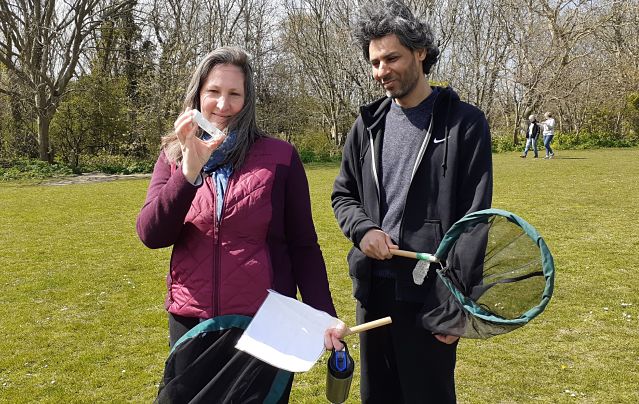
Green Lanes for Bumblebees project contributes to the Restore project theme.

Visit our News Archive page.

